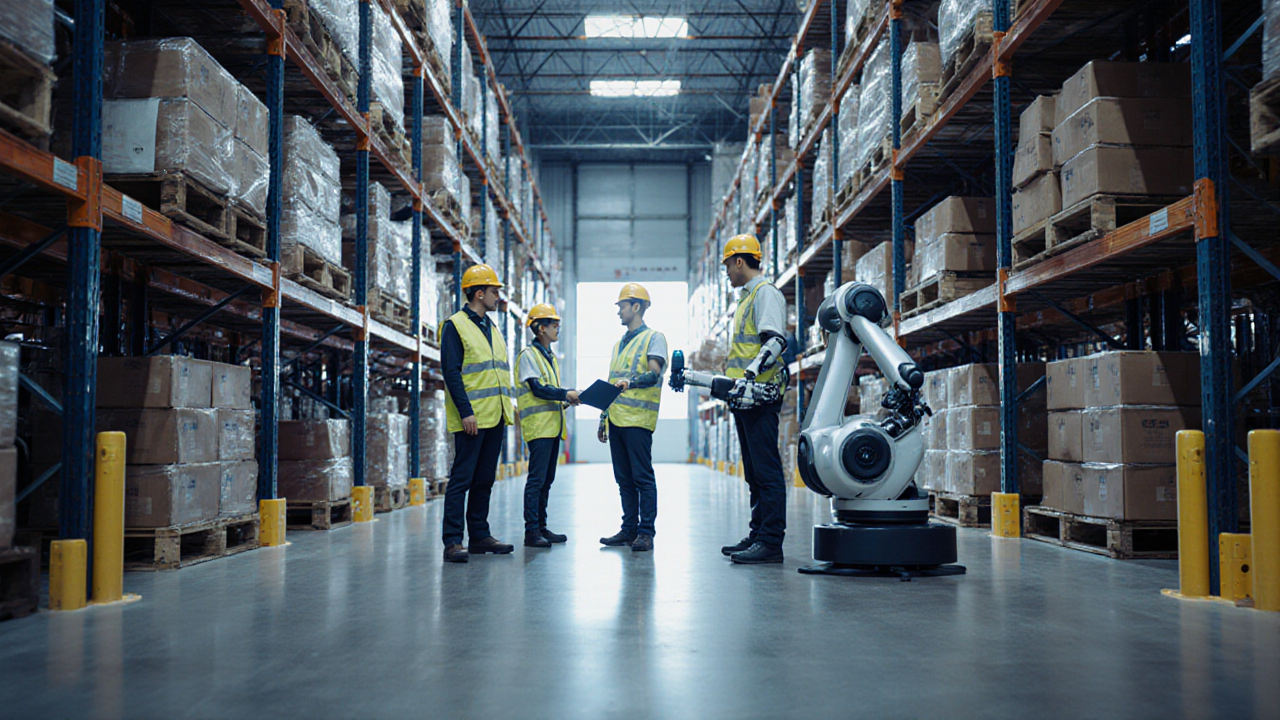
Artificial intelligence is frequently promoted as the solution that will give manufacturers and distributors the agility and visibility that legacy systems can no longer deliver. Yet many pilots stall before they reach scale, often because the technology is introduced without a clear operational fit. The temptation to adopt a generic, “one‑size‑fits‑all” platform is strong, but supply chains are rooted in unique workflows, key performance indicators, and deep institutional knowledge. When a platform fails to honor those nuances, the result is a costly mismatch that stalls progress.
Why Incremental Deployment Matters
The most effective AI roll‑outs begin by tackling the most painful bottlenecks rather than overhauling every process at once. A leading manufacturer, for example, started with the chronic inventory overruns caused by inaccurate demand forecasts and the manual interventions that disrupted order‑promising workflows. By moving from spreadsheet‑driven reconciliation to automated, real‑time visibility in just a few weeks, the organization achieved a dramatic reduction in inventory holding costs while simultaneously improving customer fill rates. These tangible wins create momentum, demonstrate value to executives, and lay a foundation for broader adoption.
Non‑Disruptive Technology Is Key
Replacing core systems with a new platform can trigger downtime, user resistance, and budget blowouts. Instead, modern AI solutions should overlay intelligent automation on top of existing ERP, MES, and proprietary applications. This approach keeps operations running smoothly while AI agents orchestrate procurement signals, sensor analytics, and supply‑risk alerts across siloed environments. A major distributor, for instance, unlocked actionable insights from fragmented order and fulfillment data within a single fiscal quarter, shifting planners from firefighting missed shipments to proactive customer commitments—all without pausing production.
Engaging Knowledge Workers Drives Adoption
Supply chains are not governed by dashboards alone; they are driven by the tacit expertise of planners, operators, and analysts. AI must therefore collaborate with these professionals, codifying best practices, surfacing root‑cause signals, and capturing the nuanced decision logic that has historically been embedded in human judgment. When a top‑tier distributor deployed an allocation system that incorporated regional price elasticity, channel cannibalization, and service‑level commitments, the result was a hybrid network where AI supported rather than replaced human insight. The outcome was higher accuracy in product mix decisions and a stronger alignment between demand and supply.
Industry‑Specific Design Makes the Difference
Generic platforms often require extensive mapping of product identifiers and retrofitting of standard fields, draining resources without delivering true business value. Solutions built by supply‑chain experts start with a deep understanding of industry context—embedding process optimization, changeover minimization, transportation modeling, and demand irregularities native to the sector. When a multi‑market distributor reengineered its pricing and allocation approach using a domain‑oriented architecture, it quickly calibrated its S&OP process, achieving a multi‑point uplift in throughput and gross margin.
Putting It All Together: A Framework for Scale
AI can become a growth engine only when the four pillars—incremental focus, non‑disruptive architecture, knowledge‑worker engagement, and industry‑specific design—converge. Executives should prioritize pilots that address critical operational challenges, deploy modular solutions that augment rather than replace existing systems, and involve frontline teams from the outset. By embedding AI within the fabric of daily operations and respecting the unique workflows of each organization, supply‑chain leaders can transform technology hype into a resilient, margin‑optimizing capability.
Strategic Takeaways for Executives
First, view AI as a series of pragmatic steps, not a single, sweeping overhaul. Second, select platforms that act as intelligent overlays, preserving transactional integrity while delivering real‑time insights. Third, elevate the judgment of supply‑chain professionals by capturing their tacit knowledge in the system’s logic. Fourth, demand solutions that are built on a foundation of manufacturing and distribution DNA, not generic templates. When these principles are applied, the result is faster adoption, measurable cost savings, and a stronger competitive position.
The Path to Resilient Supply Chains
Organizations that ground their AI initiatives in this framework do more than keep pace; they set new standards for supply‑chain excellence. By integrating machine intelligence with human expertise, they unlock efficiencies that translate into higher customer satisfaction, lower inventory carrying costs, and improved cash cycles. In an era where resilience and speed are paramount, the differentiation lies in how well a company can sense, decide, and act in real time—an advantage that only a thoughtful, industry‑centric AI strategy can deliver.
Loading comments...